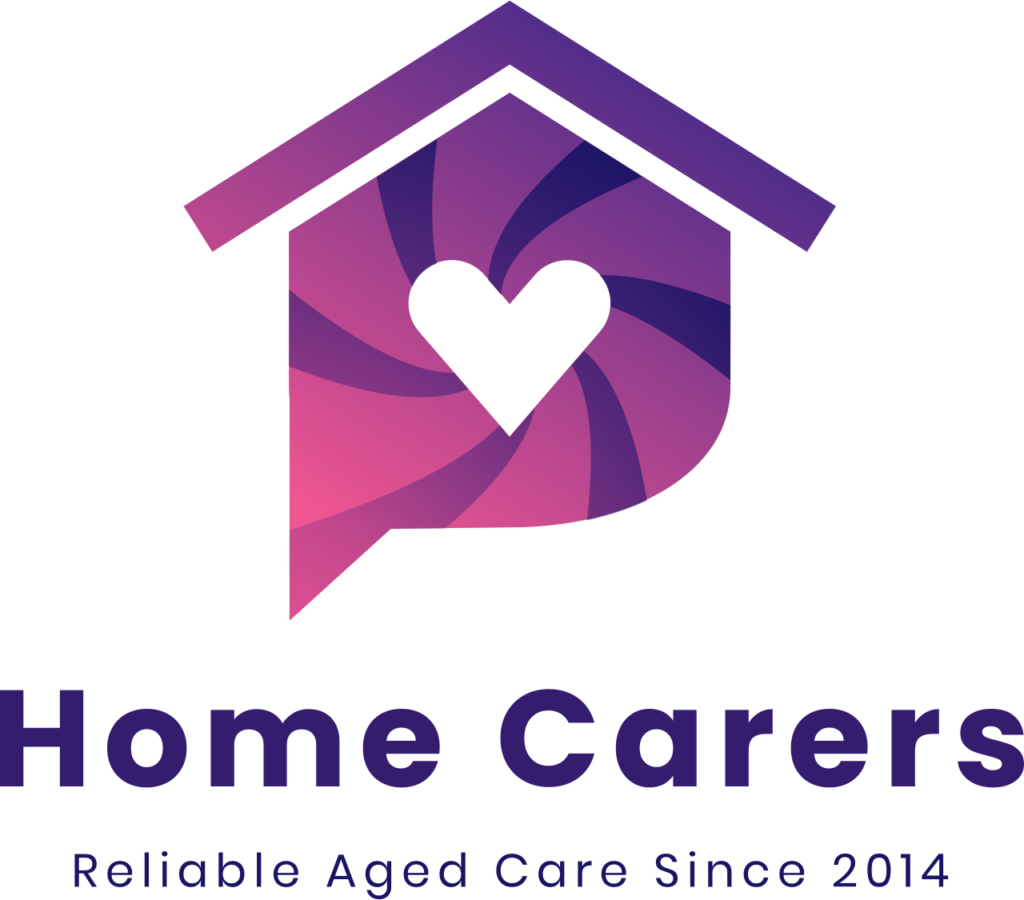Carer safety is an issue that demands urgent attention. These professionals dedicate themselves to the well-being of others, often facing challenges that extend beyond the scope of their duties. Harassment from clients, colleagues, or other stakeholders can create a toxic environment that undermines their ability to provide quality care.
When harassment goes unchecked, the consequences extend far beyond the individual carer. Agencies risk tarnished reputations, reduced staff retention, and even legal repercussions. Safeguarding carers is not only a moral obligation but also a practical necessity.
Agencies must adopt a proactive approach to protecting their teams effectively. By implementing well-defined policies, training programmes, and robust support systems, agencies can create an environment where carers feel valued, safe, and respected.
Understanding Carer Harassment

Defining Harassment in the Caring Profession:
Harassment in caring takes many forms, ranging from inappropriate remarks to physical threats. It includes unwelcome behaviours that demean, intimidate, or humiliate carers, hindering their ability to work with dignity. Understanding the nuances of this issue is key to addressing it effectively.
Common Scenarios of Carer Harassment by Clients or Colleagues:
Carers often work in close and personal settings, which can blur professional boundaries. Harassment may arise from clients making offensive comments, family members behaving aggressively, or colleagues fostering a hostile work environment. Recognising these patterns helps agencies to intervene early.
The emotional, mental, and professional toll on carers:
For carers, harassment is not just an unpleasant experience; it is a stressor that affects their mental health, confidence, and job satisfaction. Persistent harassment can lead to burnout, absenteeism, and even career abandonment, leaving agencies struggling to fill critical roles.
Building a Framework to Prevent Harassment

Creating a Zero-Tolerance Harassment Policy:
A comprehensive zero-tolerance policy clearly states that harassment will not be tolerated under any circumstances. This foundational step establishes the tone for an organisations commitment to safety and fairness.
Providing clear guidelines for acceptable behaviour:
Policies are most effective when they outline acceptable conduct in specific terms. Agencies should clearly define boundaries for interactions, ensuring all parties understand what is considered respectful and professional.
Ensuring policies are communicated effectively to all stakeholders:
Even the most well-crafted policies fail if they remain on paper. Agencies must actively communicate their guidelines to carers, staff, and clients alike, ensuring transparency and accountability.
Training and Education for Prevention

Educating carers about their rights:
Caregivers should be fully aware of their rights in the workplace. Training sessions can help them understand what constitutes harassment and the recourse available to them if they experience it.
Training staff to recognise and address harassment:
Agencies must equip their teams with the skills to recognise early warning signs of harassment. Supervisors and managers should be trained to handle complaints sensitively and effectively.
Empowering carers to respond confidently:
Carers may find themselves in vulnerable positions. Role- playing exercises and scenario-based training can prepare them to assert boundaries and seek assistance without hesitation.
Establishing Effective Reporting Mechanisms
Designing anonymous and accessible reporting channels:
Fear of retaliation often prevents carers from reporting harassment. Agencies should provide anonymous reporting tools that ensure confidentiality and are easy to use.
Ensuring carers feel safe and supported when reporting incidents:
Support begins with listening. Agencies must foster an environment where carers trust that their concerns will be taken seriously and addressed promptly.
Steps agencies should take to address complaints promptly:
Swift and thorough investigation of complaints demonstrates an agency’s commitment to fairness. Clear timelines and regular updates reassure carers that their voices are valued.
Supporting Carers Post-Incident

Offering Counselling and Mental Health Resources:
The aftermath of harassment can leave carers feeling vulnerable. Access to professional counselling services can help them process their experiences and rebuild resilience.
Providing legal assistance when necessary:
In cases where harassment escalates, carers may require legal guidance. Agencies should have protocols in place to connect them with appropriate resources.
Encouraging open dialogue about workplace experiences:
Creating safe spaces for carers to share their experiences fosters solidarity and collective problem-solving. Open forums or regular check-ins can serve this purpose effectively.
Dealing with Client-Initiated Harassment
Educating clients on respectful interactions with carers:
Clients must understand the importance of treating carers with respect. Agencies can set expectations during onboarding and reinforce them when necessary.
Setting Boundaries to Protect Carers from Unsafe Environments:
Clear boundaries, such as defining limits to carer responsibilities in certain scenarios, ensure their safety without compromising the quality of care.
Steps to Take When Client Behaviour Crosses the Line:
When clients behave inappropriately, agencies must intervene decisively. Reassigning carers or terminating contracts with problematic clients are measures that prioritise carer well- being.
Creating a Culture of Safety and Respect

Encouraging teamwork and peer support among carers:
A united caring team can act as a shield against harassment. Agencies should foster a culture of mutual support and camaraderie.
Celebrating Best Practices in Harassment Prevention:
Highlighting success stories and recognising exemplary behaviour can inspire continuous improvement. Positive reinforcement plays a significant role in shaping workplace culture.
The Role of Leadership in Fostering a Safe Workplace:
Leadership sets the tone for the entire organisation. Managers and executives must lead by example, demonstrating their unwavering commitment to safety and respect. Agencies that prioritise carers’ safety will always go the extra mile through policies and resources. Home Carers is one such agency where carers can always feel safe, valued, and respected.
Conclusion:
The fight against harassment requires ongoing effort, but the rewards are undeniable. Carers who feel safe and respected are more likely to thrive in their roles, provide better care, and enhance the reputation of the agency.
By taking proactive steps and fostering a culture of accountability, agencies can create environments where carers are protected, valued, and empowered to succeed. It is a commitment that benefits everyone involved and sets a standard for excellence in the caring profession.

